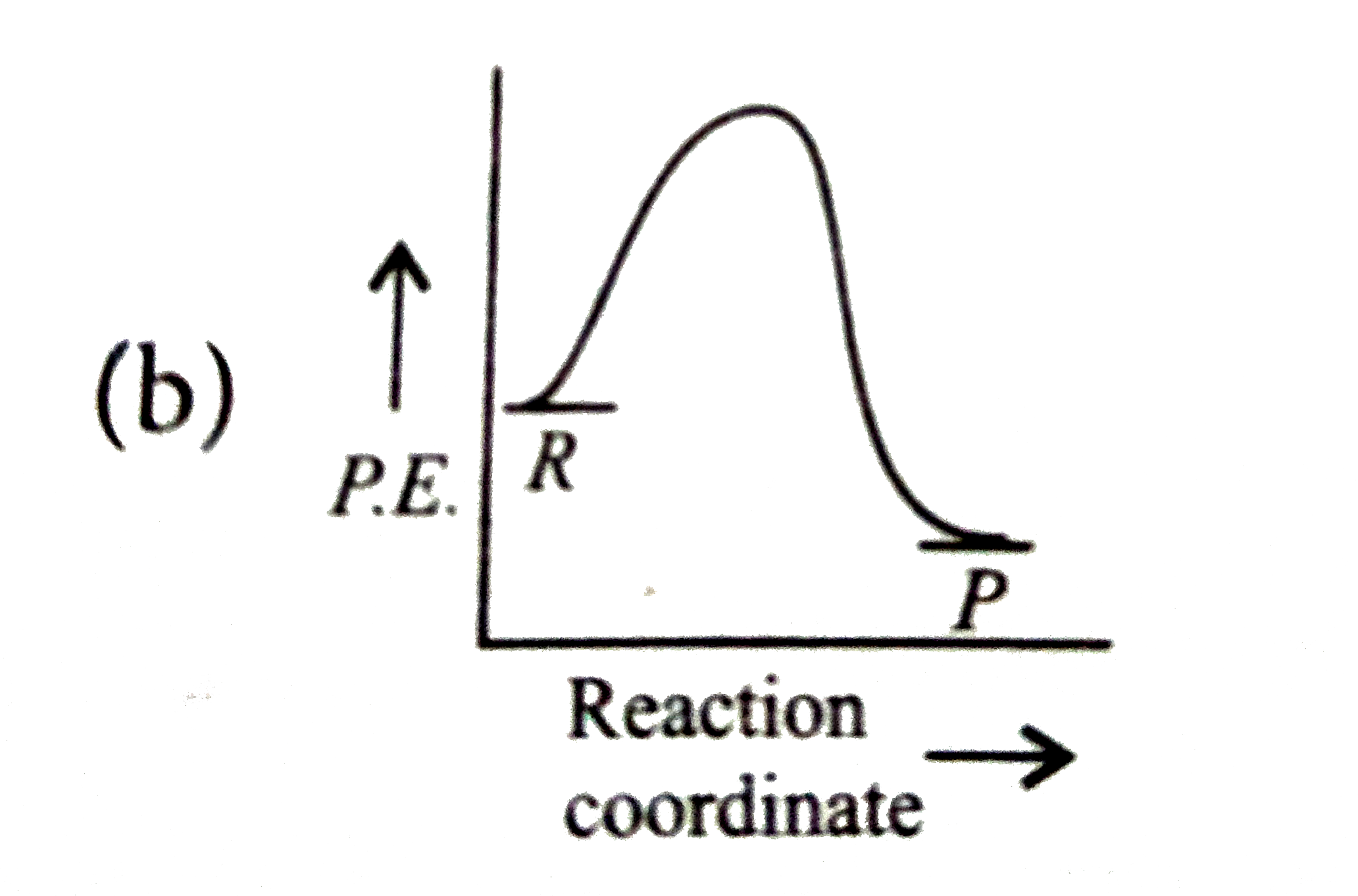For an endothermic reaction, ΔH represents the enthalpy of the reaction in kJ mol−1. The mininum amount of activation energy will be
less than ΔH
zero
more than ΔH
equal to ΔH
The correct Answer is:C

Ea>ΔH
Topper's Solved these Questions
- BOOK - VMC MODULES ENGLISHCHAPTER - THERMODYNAMICSEXERCISE - JEE ADVANCED (ARCHIVE)44videos
THERMODYNAMICS
- BOOK - VMC MODULES ENGLISHCHAPTER - THERMODYNAMICSEXERCISE - LEVEL-2 (NUMERICAL VALUE TYPE)15videos
THERMODYNAMICS
- BOOK - VMC MODULES ENGLISHCHAPTER - THERMOCHEMISTRYEXERCISE - JEE ADVANCED (ARCHIVE)31videos
THERMOCHEMISTRY
- BOOK - VMC MODULES ENGLISHCHAPTER - THERMODYNAMICS & THERMOCHEMISTRYEXERCISE - Impeccable48videos
THERMODYNAMICS & THERMOCHEMISTRY
Similar Questions
Knowledge Check
- Question 1 - Select One
For an endothermic reaction, where ΔH represents the enthalpy of reaction in kJmol−1, the minimum value for the energy of activation will be
Aless than ΔHBmore than ΔHCequal to ΔHDzero - Question 2 - Select One
An endothermic reaction with high activation energy for the forward reaction is given by the diagram
A B
B C
C D
D
Dimerisation of NO_2, is an exothermic reaction. If enthalpy of reaction is /_\H, then the minimum value of activation energy for forward reaction (E_a) will be
View SolutionFor an endothermic reaction energy of activation is Ea and enthlpy of reaction is ΔH (both in kJmol−1). Minimum value of Ea will be
View SolutionThe activation energy of exothermic reaction A→B is 80 kJ mol−1 . The heat of reaction is 200kJmol−1. The activation energy for the reactionB→a ( in kJ/mol) will be :
View SolutionIn an exothermic reaction X→Y, the activation energy is 100kJmol−1 of X. The enthalphy of the reaction is −140kJmol−1. The activation energy of the reverse reaction Y→X is
 View Solution
View SolutionEnthalpy of a reaction at 27∘C is 15 kJ mol−1. The reaction will be feasible if entropy is
View SolutionAn exothermic reaction X→Y has an activation energy of 90kJmol−1 of X and the heat of reaction is 250kJ. Find the activation energy of the reaction Y→X.
View Solution

